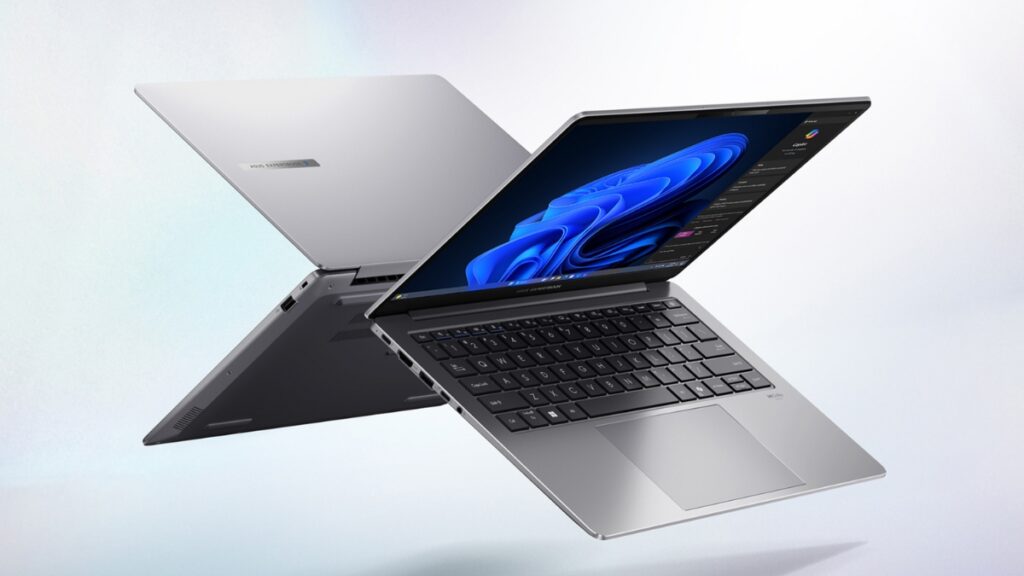Preparing for the future: All you need to know about the Windows 10 end of support

Windows 10, the most widely used version of Microsoft’s Windows operating system (OS), is approaching its end-of-life, with the company planning to end support for the OS on 14 October 2025.
After this date, users will no longer receive free software updates from Windows Update, technical assistance or security fixes.
As Windows 10’s end-of-life deadline looms, many users still have questions about what the lack of support means for their devices.
Will my PC that runs Windows 10 continue to work? Will it still be safe to use? What are my options? These and other questions are important, but they also present an opportunity to pause and reflect.
For business and enterprise users, it’s a good time to assess existing technology and explore upgrades that offer long-term value.
The risks of an unsupported OS
While devices running Windows 10 will continue to work after 14 October, and users can still interact with the OS, the lack of support means continued usage carries significant risks and challenges.
The most pressing of these is security. Without updates and patches to fix known vulnerabilities, malicious actors can exploit weaknesses in the OS.
They can access your data without authorisation, install malware or seize control of your device.
An inability to update the OS leaves systems increasingly vulnerable to emerging threats, especially at a time when actors are increasingly using new and sophisticated technologies such as AI to carry out their attacks.
An unsupported OS can also lead to compatibility issues with new hardware.
As manufacturers continue to innovate and release new components, drivers and updates, they may be optimised for newer operating systems.
This means users may not be able to take full advantage of their graphics processing units (GPUs), PC peripherals, accessories and other new technologies.
It could also hamper their ability to run new and more demanding applications and process more intensive workloads on their systems.
These risks become more critical in the case of enterprise and professional users who rely on their devices to make a living or run a business.
An outdated OS can have a serious negative impact on performance and productivity, making it harder to complete routine tasks and keep operations running smoothly.
Turning the dial from 10 to 11
With Windows 10 reaching end-of-life, Microsoft and PC manufacturers are encouraging users with eligible devices to move to Windows 11.
Many PCs that run Windows 10 are already compatible with Windows 11, and by now, all users will have received a system prompt to upgrade ahead of the deadline.
Users can check their device’s compatibility using Microsoft’s PC Health Check Tool.
ASUS users can also access device-specific guidance through the MyASUS app.
Windows 11 builds on the strengths of Windows 10, delivering a modern, secure and highly efficient computing experience.
The latest generation of Windows OS offers enhanced security by default, along with the versatility to support a wide range of use cases, including home, education and enterprise.
A major highlight of Windows 11 is the addition of Copilot, a chat-based, generative AI assistant that can answer questions, provide helpful information, create content and assist with workflows.
Users looking to take AI computing to the next level can explore the new range of ASUS Copilot+ PCs, equipped with dedicated AI chips and applications that enhance all aspects of the PC experience.
Windows 10 users can check if their PC is eligible for a free upgrade to Windows 11 via the Settings menu.
They can also learn more about Windows 11 system requirements, while in-product notifications will help ensure they stay informed about the upcoming end of support in October 2025.
A new opportunity, a new horizon
If users are unable to upgrade to Windows 11 on their current PCs, the end of support for Windows 10 becomes an opportunity to invest in newer, more capable and future-ready hardware.
While users may have the option to pay for extended security updates (ESU) for Windows 10, Windows 11 PCs offer a sizable return on investment and are designed to support any work environment, offering features for enhanced productivity, security and efficiency.
For many, the way forward lies with brands and PC manufacturers that understand the unique needs of enterprise users.
ASUS Business offers a wide range of agile PC solutions that are not only built to manage the workflows of today and tomorrow, but also leverage Windows 11 to its full potential as an OS and business driver.




















